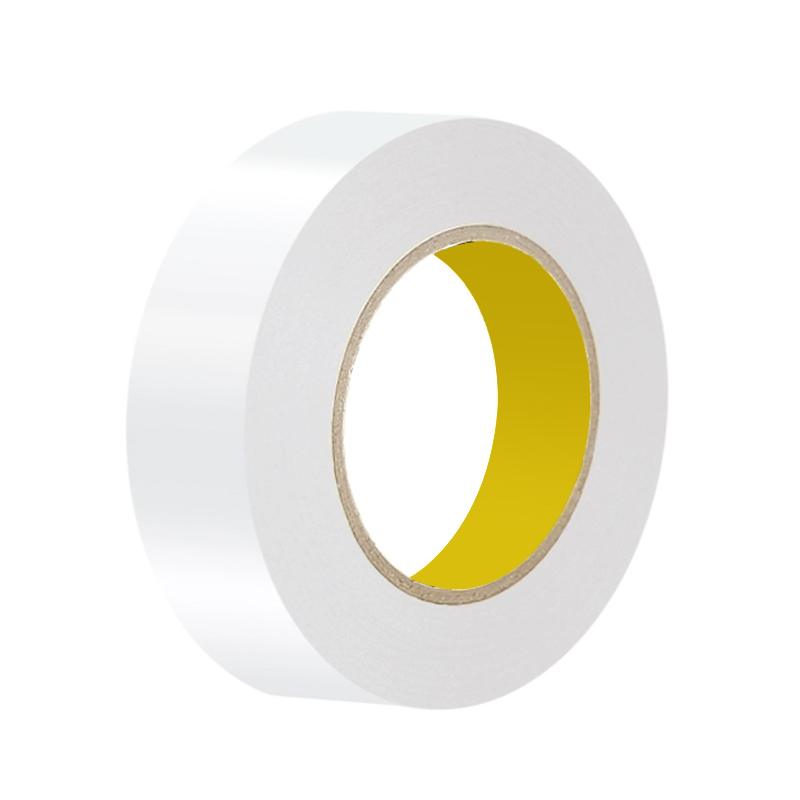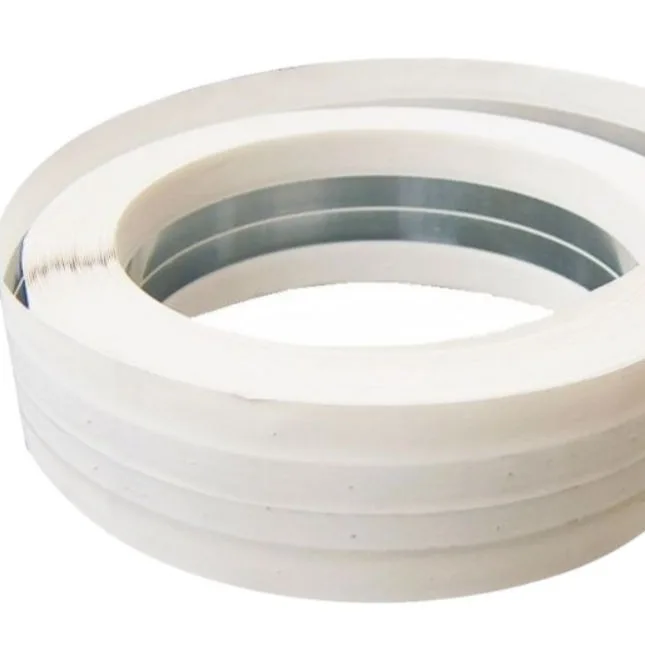- +86-13775339109
- Jessica@nq-fiberglass.cn
- No 61 Fangxian, Danyang, Jiangsu
When you’re tackling a drywall project, choosing the right tape can make or break your results. Whether you’re repairing cracks, finishing seams, or doing a full wall installation, the decision between mesh tape and paper tape is crucial.
In this guide, you’ll discover the key differences, pros and cons, and step-by-step instructions so you can achieve smooth, professional-looking walls every time. Plus, we’ll show you which products can save you time and effort, making your drywall projects easier than ever.
Drywall tape isn’t just for covering seams—it reinforces joints, prevents cracks, and ensures a smooth finish. Using the wrong tape can lead to bubbling, peeling, or uneven surfaces, which means more work and frustration.
There are several types of tape you might encounter:
Paper tape 📄: Traditional, folded paper ideal for seams and corners.
Mesh tape 🕸️: Fiberglass, often self-adhesive, great for repairs.
Specialty tapes ✨: Fiberglass cloth or self-adhesive tapes for corners or waterproof applications.
By knowing the differences, you’ll save time, avoid mistakes, and get a professional finish every time.
 |  |
| Feature | Mesh Tape 🕸️ | Paper Tape 📄 |
|---|---|---|
| Material | Fiberglass, self-adhesive | Folded paper, non-adhesive |
| Strength | Strong for repairs, resists cracking | Strong for seams, professional finish |
| Ease of Use | Easy, sticks on its own | Requires embedding in joint compound |
| Best For | Patching holes, DIY repairs | New seams, corners, professional-grade walls |
| Cost | Slightly more expensive | Affordable, widely available |
Mesh tape is your go-to for quick fixes. Its self-adhesive surface allows you to stick it directly on cracks or holes, saving you an extra step. It’s resistant to cracking, making it ideal for ceilings, walls, and DIY projects.
Paper tape takes more care but provides a smoother, seamless finish, preferred by professionals for new seams. When embedded properly, it prevents bubbles and wrinkles, giving your walls a polished look.
💡 Tip: Choose tape based on your project type: mesh for repairs, paper for seams and corners.
Reach for mesh tape when:
Repairing cracks or holes 🏚️
DIY quick fixes 🛠️
High-stress areas like ceilings or joints
Tips for using mesh tape:
Clean the surface first. 🧹
Cut tape slightly longer than the crack. ✂️
Press firmly to stick.
Cover with joint compound, let dry, and sand lightly.
Pro tip: Pair mesh tape with high-quality joint compound for durable, invisible repairs.
Paper tape is ideal for:
New drywall seams
Finishing corners
Professional-grade finishes
Tips for using paper tape:
Apply a thin layer of joint compound first.
Embed the tape carefully to avoid bubbles.
Apply a second coat and feather edges.
Sand once dry for a smooth finish.
💡 Pro tip: Reinforced brown paper tape works great in high-traffic areas to prevent cracks over time.
 |  |
Cut slightly longer than the seam or crack.
Stick tape firmly to the surface.
Apply a thin coat of joint compound over it.
Let dry, sand lightly, apply a second coat if needed.
Apply a thin layer of compound along the seam.
Embed the tape carefully, removing air bubbles.
Apply a second coat and feather edges.
Sand smooth after drying.
💡 Pro tip: Using high-quality joint compound with either tape ensures long-lasting, professional results. Check our recommended products here 👉 [Product Link].
Wrinkled tape: Don’t rush; embed carefully.
Bubbling: Smooth bubbles immediately with a putty knife.
Wrong tape choice: Mesh on new seams can create uneven surfaces.
Quick fixes:
Remove loose tape and reapply compound properly.
Match tape type to your project: mesh for repairs, paper for seams.
 |
| Project | Recommended Tape | Why |
|---|---|---|
| Small hole repair 🕳️ | Mesh tape 🕸️ | Quick, self-adhesive |
| Cracks in walls | Mesh tape 🕸️ | Strong and crack-resistant |
| New drywall seams | Paper tape 📄 | Smooth, professional finish |
| Corners | Paper tape 📄 | Avoids wrinkling |
| DIY beginners | Mesh tape 🕸️ | Easy and forgiving |
💡 Tip: Keep both tapes handy—they complement each other depending on the task.
Choosing the right drywall tape comes down to your project type:
Mesh tape 🕸️: Perfect for repairs, cracks, DIY projects.
Paper tape 📄: Best for seams, corners, and professional finishes.
By following the steps above, your walls will look smooth, crack-free, and professional.
With the right tape, your walls won’t just look great—they’ll stand the test of time! 🏡✨

Connect with an NQ expert to discuss your product needs and get started on your project.
Contact NowHow do I prevent wrinkles when using paper tape?
A: Apply a thin layer of joint compound first, embed tape carefully, and smooth with a putty knife. Feather edges for a seamless finish.
Can mesh tape be used on textured walls?
A: Yes, mesh tape’s self-adhesive design sticks well to slightly uneven surfaces, ideal for cracks or patching holes.
How many coats of joint compound should I apply?
A: At least two coats. Start with a thin layer to embed the tape, then a second to feather edges. Sand lightly between coats.
Why does paper tape sometimes peel?
A: Usually caused by too-thin compound, improper embedding, or unclean surfaces. Remove loose tape, reapply compound, and embed carefully.
Is it okay to use mesh tape on corners?
A: Paper tape is better for corners. If using mesh, fold neatly and embed with compound to avoid wrinkles.
How can I fix cracks that reappear?
A: Reassess the cause. Use mesh tape in high-stress areas and apply quality joint compound in multiple layers.
Can I use mesh tape for ceiling repairs?
A: Absolutely! Its self-adhesive property prevents sagging.
How to get a professional finish with mesh tape?
A: Apply a thin coat of compound, sand lightly, then apply a second coat and feather edges. High-quality compound ensures smooth, durable walls.
Should I use different tapes for high-traffic areas?
A: Yes. Mesh tape or reinforced paper tape reduces cracking and extends durability.
Self-adhesive mesh tape vs. paper tape for DIY?
A: Mesh tape is forgiving and quick. Paper tape gives professional finishes but requires careful embedding.